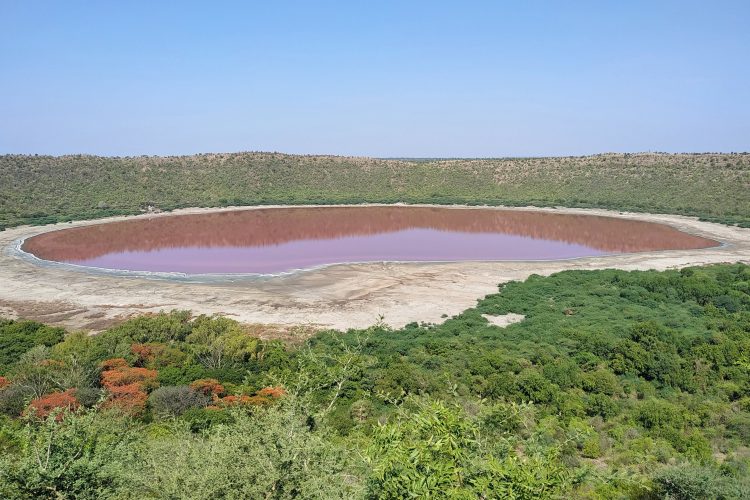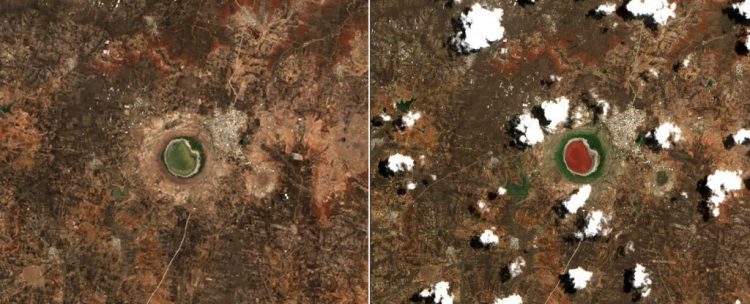Lonar Lake, also known as Lonar crater, which formed after a meteor hit the Earth some 50,000 years ago, baffled experts in India after changing hues literally overnight.
Located around 500 km from Mumbai, in India’s Maharashtra state, the Lonar lake has long fascinated scientists with its seasonal change in color. This natural phenomenon has been attributed to the salinity of the water and the presence of algae, but the change has never been as sudden or as glaring as this year. Plus, while the water of Lonar lake usually turned a reddish hue, this year it turned pink, baffling scientists and locals alike.

“In case of a natural phenomenon, there are fungi which generally give a greenish color to water most of the times. This (the current colour change) seems to be a biological change in the Lonar crater,” Dr Madan Suryavanshi, head of the geography department of Aurangabad’s Dr Babasaheb Ambedkar Marathwada University, said, adding that “this can’t be a human intervention”.
“There are algae in the water body. The salinity and algae can be responsible for this change,” Gajanan Kharat, member of the Lonar lake conservation and development committee, confirmed. “There is no oxygen below one meter of the lake’s water surface. The low level of water may lead to increased salinity and change in the behavior of algae because of atmospheric changes…this may be the reason for colour change. This is not the first time that the color of water has changed.”

Samples from the lake have been sent to several laboratories in hopes of finding the answer to this natural enigma. According to CNN News 18, Lonar Lake is a popular tourist attraction and has been studied by scientists across the globe.






